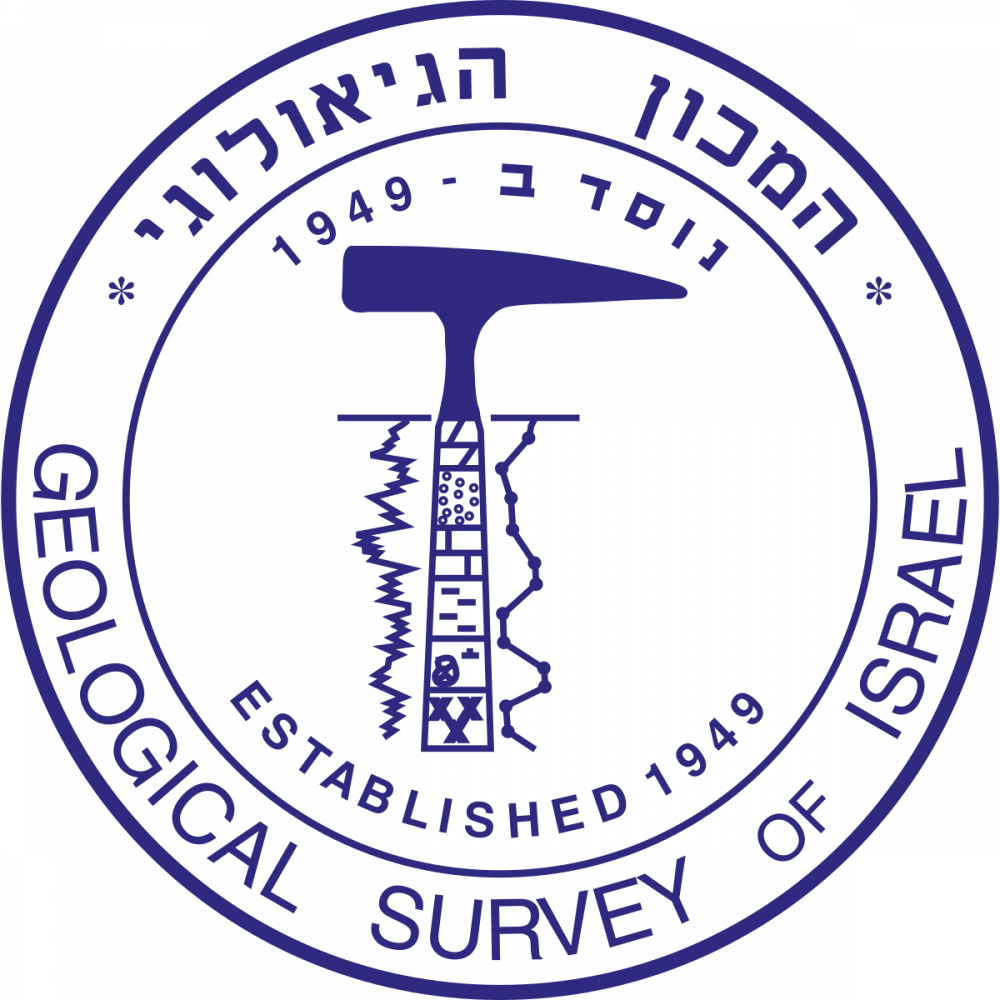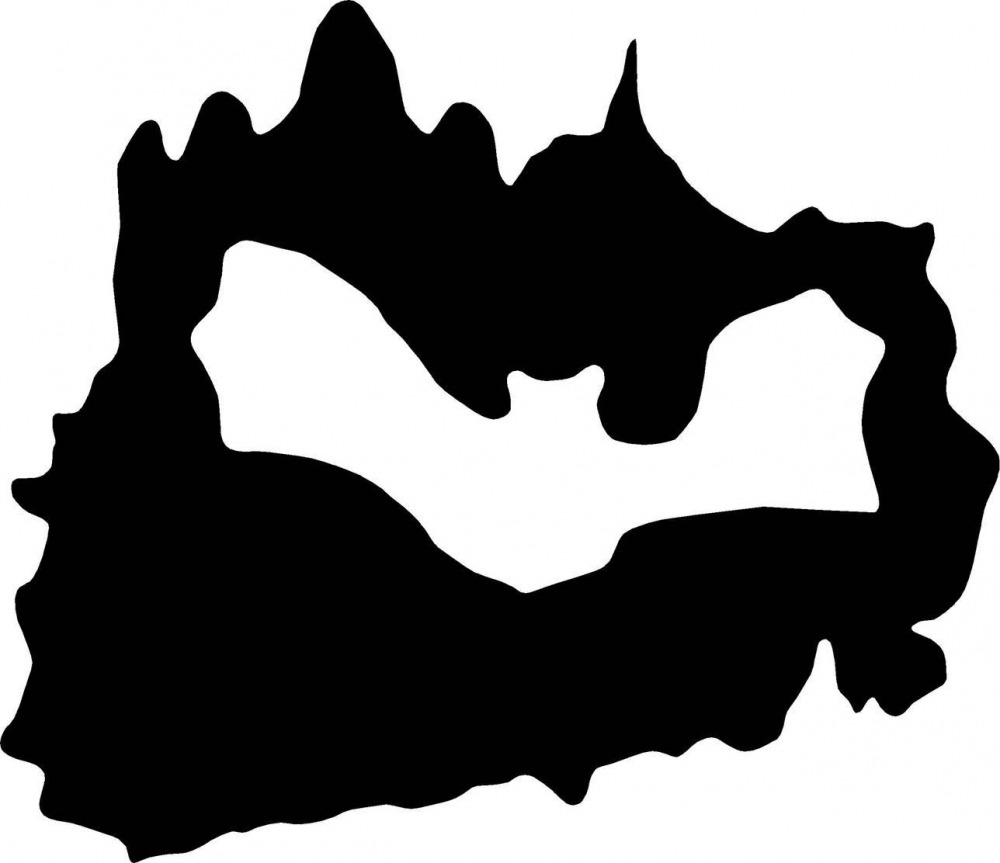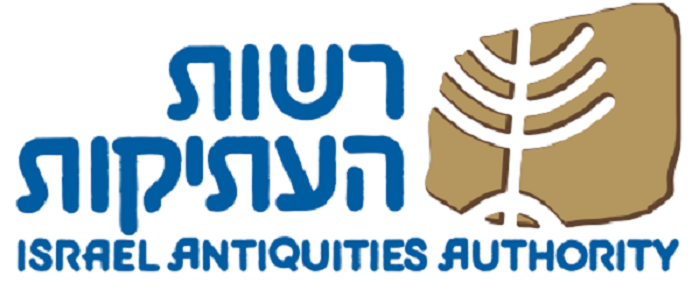Mineralogy and Petrology

StaffProjects ResearchesSubcollectionsOur partners
This collection includes over 6,500 samples of minerals from around the globe and more than 13,000 rock samples from Israel and other diverse countries in the world. Among other things, the collection contains rare examples of meteorites and exotic rocks from the "Hatrurim" formation. This configuration, which is unique to only specific areas in Israel and Jordan, is built from Cretaceous rocks that underwent high temperature metamorphism following oxidation and burning of the high organic component in them. This process created a variety of colors in these rocks, including red, purple and green that stand out especially on the sides of the road that descends from Jerusalem to the Dead Sea. Several buildings in Jerusalem are decorated with rocks of this configuration, among them the colorful ballroom of the King David Hotel. The "Hatrurim" collection and especially the unique minerals such as "Bentorite" are sought after by scientists and collectors from around the world. Most of the unique examples from this configuration are displayed in the gallery of the Institute of Earth Sciences, in the wing dedicated to the geology and stratigraphy of the Jerusalem environment.
Over the years, private collectors have contributed a large number of examples to the collection that have been used and are still being used for research in Israel. Among them is the amazing collection of Alik Marcus, which includes dozens of rare examples from the famous Tsumeb mine in Namibia. These unique examples are priceless due to the great flood that occurred in the mine and its closure in 1995. At these times we are leading an extensive search for meteorites in Israel with the aim of combining them with the other meteorite examples from around the world found in the collection.
The permanent displays that present the most special and beautiful examples in the collection include, among others, the formation forms of calcite, quartz, hematite and gypsum, colors and shapes of minerals in nature, gems, fossils and unique volcanic patterns. In addition, there is a small display of fluorescent minerals. In 2020, a display of cave sediments from Israel was added.
The geological and mineralogical collection is used, among other things, by the people of the Institute of Earth Sciences in creating standards and calibrating the various analytical instruments in our possession.
The catalog of the mineralogical collection is available for reference here.
Our Projects
Teaching and Education
Organized groups, especially from The Nature Park & Galleries, often visit the Institute of Earth Sciences and learn about the geology of Israel and other countries through the exhibits in the collection. The Belmonte Laboratory Center for Youth uses the geological collection and promotes a program to encourage the study of geology in schools. Of course, the collection is used as a permanent method in teaching courses such as mineralogy, petrology and earth materials for the study of new students.


Research
The collection of minerals and rocks is a repository available for various studies that require high quality samples, with a certain chemical composition, from known sources and with a defined geological history. In recent years, the collection has served as a research tool for soil researchers, plant-rock interactions, nutrient systems and corals in the Gulf of Eilat, and even studies dealing with industrial processes of cement creation.
XRD standards
Mineral samples from the Hebrew University Mineralogy and Petrology collection as XRD standards at the Geological Survey of Israel
X-ray diffraction (XRD) is one of the most important techniques for the study of the mineralogy of geological samples. Whereas mineral identification is relatively simple if modern software and good mineral databases are available, accurate quantitative analysis of the minerals present in the sample remains a challenging task. One of the methods developed to achieve this goal is called Pattern fitting. This method is based on matching the whole XRD pattern of an unknown sample by adding variable amounts of intensity-scaled patterns of single-mineral standards. The standards patterns are obtained from measurements of natural pure (or near-pure) minerals. For best results the pure mineral standards must be run in the same instrument under the same analytical conditions as the samples.
In order to standardize the new XRD instrument of the Geological Survey of Israel we use single-mineral samples received from the Hebrew University Mineralogy and Petrology collection. The standards developed from these samples will help us to improve the analytical capabilities of the Geological Survey XRD laboratory, which will benefit both institutions, the Hebrew University and the Geological Survey, through collaborative research work.
We thank Dr. Navot Morag, the XRD lab manager at the Geological Survey of Israel for this explanation.

The geology of the Jerusalem hills
The geological history of the Judean hills and the Jerusalem area is displayed in a separate exhibition on the 1st floor of the Institute of Earth Sciences. This exhibition is mainly used for education of local geology in various academic courses. The exhibition allows the visitor to inspect the various rock formations composing the local geological section all the way from the Lower Cretaceous Kefira formation and all the way to the youngest formation of the section- the metamorphic Hatrurim formation. The exhibition focuses on the mechanisms that formed the various rock formation, the landscape they form, the fossils they contain and the modern uses of the various rock sections. There exhibition hold some unique specimens such as a variety of Hatururim rock samples, a giant sample of a drapery speleothem (of the Weradim formation), copies of the dinosaur footprints from Beit Zait etc…
These days (November 2021) the exhibition is being renovated and updated. We anticipate the exhibition to reopen within the next few months.
Subcollections
- Speleothem display
-
During 2020 a collaboration between the geological collection and the Israel Cave Research Center (ICRC “Malham”) led to the creation of a speleothem display. The display, which is located at the ground floor of the Institute of Earth Sciences, holds 16 specimens of rocks and minerals from caves throughout Israel. In addition, the display contains photos showing 3 of the specimens in their original location. The display demonstrates the variety of rocks (chemical and clastic sediments) and minerals (halite, gypsum, aragonite etc…) that occur in the caves of Israel. The display as whole provides a glimpse to the research of caves, the variety of processes, unique morphology and scenery in the caves of Israel.
Different morphologies of speleothems
Specimens of halite from the salt caves of Mt. Sedom - The Bentorite Mineral
-
Bentorite is a rear sulfate mineral that was found only in Israel.
Bentorite – Ca6(Cr,Al)2(SO4)3(OH)12·26(H2O)

The mineral was first described in 1980 by Shulamit Gross (1923-2012) for an occurrence in the Hatrurim Formation of Danian age along the western margin of the Dead Sea, Israel. It was named for Yaakov Kurt Ben-Tor (1910–2002), one the first and leading geologists in Israel. The mineral has a violet to light violet color and it appears in veins of metamorphic rocks from the Hatrurim formation, mainly in calcite-spurrite marble. The mineral can be found on the geologic and mineralogical collection at the Institute of Earth Sciences at the Hebrew University of Jerusalem. The original paper by Shulamit Gross: Gross, S., 1980. Bentorite. A new mineral from the Hatrurim area, west of the Dead Sea, Israel. Isr. J. Earth Sci., V. 29, pp. 81-84. As far as we know, the mineral can be found in its place only in outcrops near Arad.
The photos below were taken by Avi Burg and Yehoshua Kolodny. These images were taken near Ma’ale Adumim in an outcrop that no longer exists:



Connected links:
The bentorite mineral in mindat
The bentorite mineral in webmineral
We thank Avi Burg for the information and the photos.
- Collection of the late Alik Marcus - Tsumeb mine in Namibia
-
The amazing collection of the late Alik Marcus (1917-2010) which includes dozens of rare examples from the famous Tsumeb mine in Namibia. These unique examples are priceless due to the great flood that occurred in the mine and its closure in 1995. Among the various examples are minerals of zinc, copper and lead.
You can read more about the mine in Mindat and Rock&Gem.






